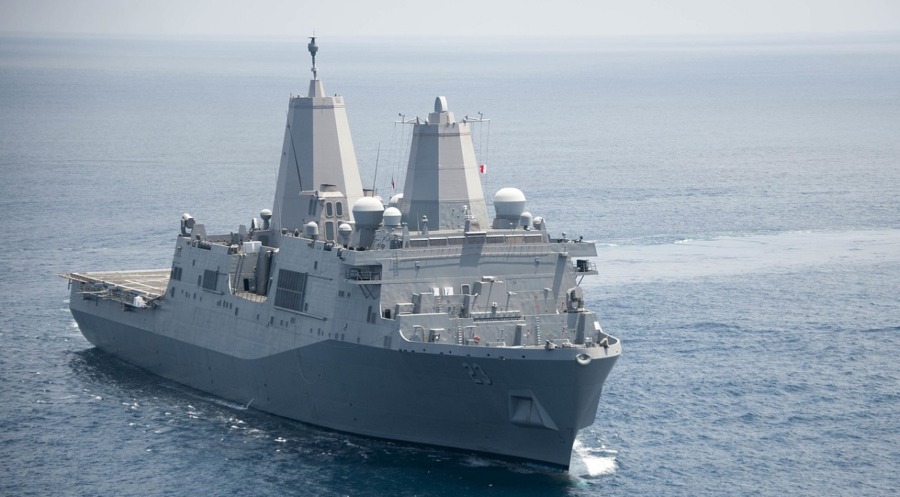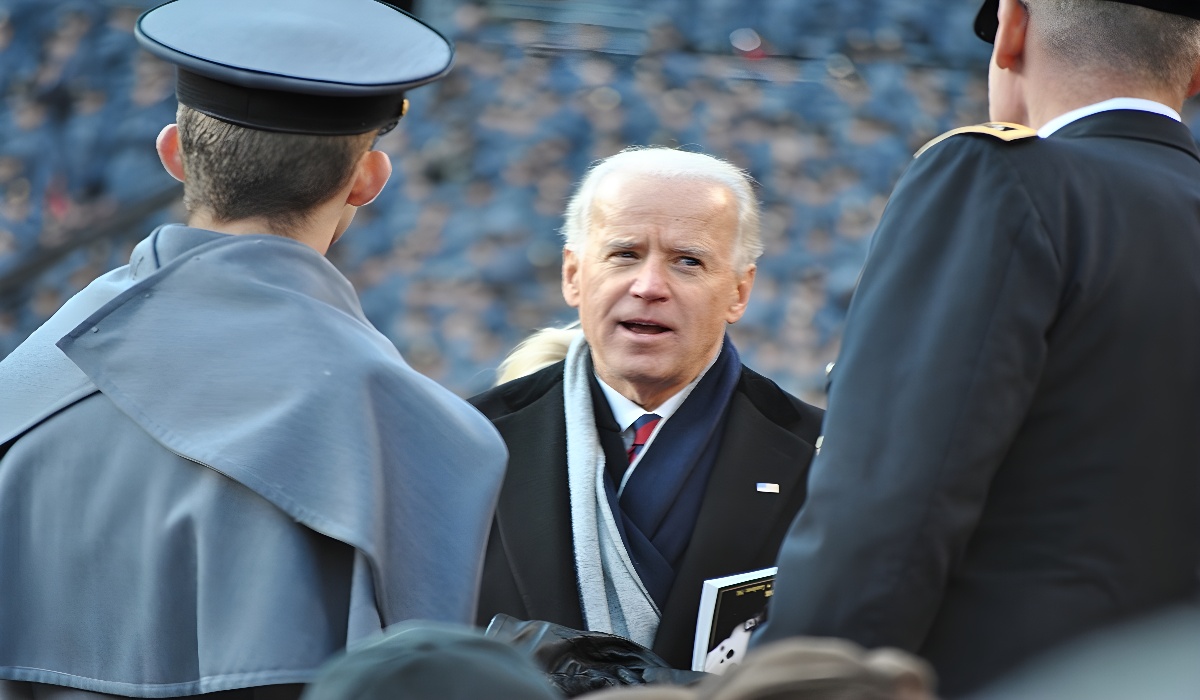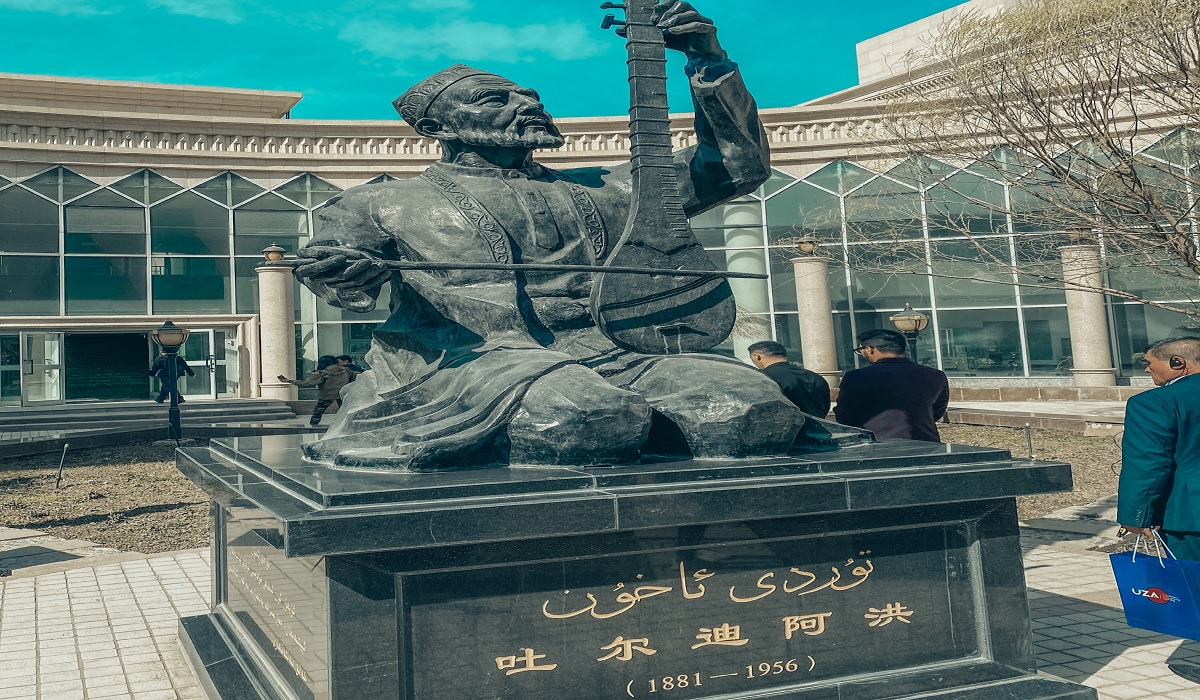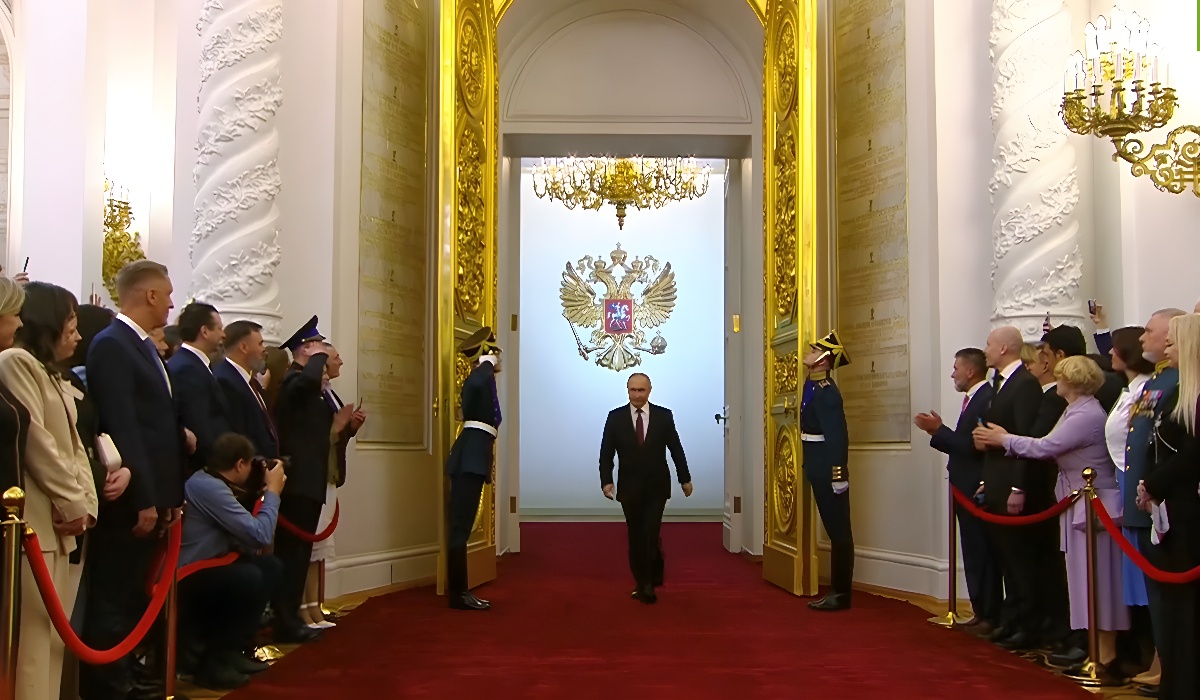Recent encounters involving Canadian warships in the Indo-Pacific region have raised concerns about Canada’s military presence far from home and its potential involvement in conflicts, particularly with China. This situation prompts questions about whether the United States is drawing Canada into regional tensions that do not align with its values and interests.
Like any other, the Indo-Pacific region has its share of complex regional differences and historical conflicts. Canadians increasingly wonder if their nation should actively participate in these disputes, considering the potential risks and consequences.
The growing relationship between the United States and Taiwan adds another concern. As Taiwan receives substantial military support from the U.S., some draw parallels with Ukraine’s situation, where Western and European military support is seen as a proxy war with Russia. Canadians are left wondering about their role in this equation and whether they are inadvertently becoming part of a larger geopolitical struggle.
While international waters allow for freedom of navigation and military drills, Canadians are urging their government to consider how these actions might appear from other nations’ perspectives. The scenario of foreign warships conducting military exercises near Canada’s shores prompts reflection on their actions and the perception of being provocateurs.
The Canadian military justifies its presence in the Indo-Pacific by positioning its vessels as supply ships for ongoing military training exercises. However, this explanation raises numerous questions about the necessity of their presence in the region. Plenty of ships from other nations can refuel and supply in the area. It further states its mission is to ensure a free Indo-Pacific, but this objective appears puzzling when considering historical facts. The last war in the Indo-Pacific dates back to 1945, and contrary to what mainstream media might suggest, the region has largely experienced peace since then.
This raises deeper questions about the motives behind the military maneuvers in the Indo-Pacific. This region is a crucial hub for global trade, with an annual value of $5 trillion. China accounts for a significant 60% of that trade’s export volume.
The South China Sea plays a pivotal role in the global economy, supporting nearly 3 million American jobs and facilitating trade valued at almost $1 billion. Notably, 42% of trade with Japan flows through this region, accounting for a substantial $226 billion annual two-way merchandise trade between Canada. Taiwan alone contributes significantly, with $60.4 billion, making up 31% of this vital trade network. Given these staggering economic figures, it becomes abundantly clear that the prospect of conflict in this region defies logic and reason, as it would jeopardize economic stability and the livelihoods of millions of people dependent on this trade.
Japan’s role in military exercises raises more questions; considering it is constrained by Article 9 of its Constitution, Japan is prohibited from engaging in international military conflicts. Taiwan receives substantial support from the U.S., while American military presence looms near China’s doorstep. This situation invites a stark juxtaposition: What if foreign ships from China, the U.S., or Iran were stationed near the Mississippi River, flowing into the Gulf of Mexico and the Atlantic Ocean? This river, procured from France in 1830, is arguably America’s most important body of water. Such a scenario would undoubtedly increase the risk of military conflict, highlighting the need to reconsider the role of nations in pursuing peace rather than war.
America must reflect on the costly lessons from its involvement in past conflicts such as Vietnam, Iraq, and Afghanistan, which not only consumed trillions of dollars but also resulted in the loss of countless lives. It’s a stark reminder that further military entanglements are not in the nation’s best interest. The undeniable truth is that no one truly emerges victorious in war, and the toll it exacts, both in terms of financial resources and human lives, is a price that America cannot afford to pay again.
Canada’s traditional identity as peacekeepers is now being questioned. Canadians have long valued diplomacy and international mediation over instigating conflict. Many do not want their nation embroiled in a war that contradicts their values or interests.
The Canadian government must communicate transparently with its citizens regarding these developments. They deserve to understand the rationale behind their military presence in the Indo-Pacific and how it aligns with the nation’s commitment to peacekeeping. Striking a balance between international obligations and the interests and desires of its citizens is essential to ensure that Canada’s actions on the global stage reflect its core values and principles. It is time to prioritize domestic issues and reaffirm Canada’s identity as a global peacemaker, fostering friendships rather than instigating conflicts, as Canada is not built for war.









